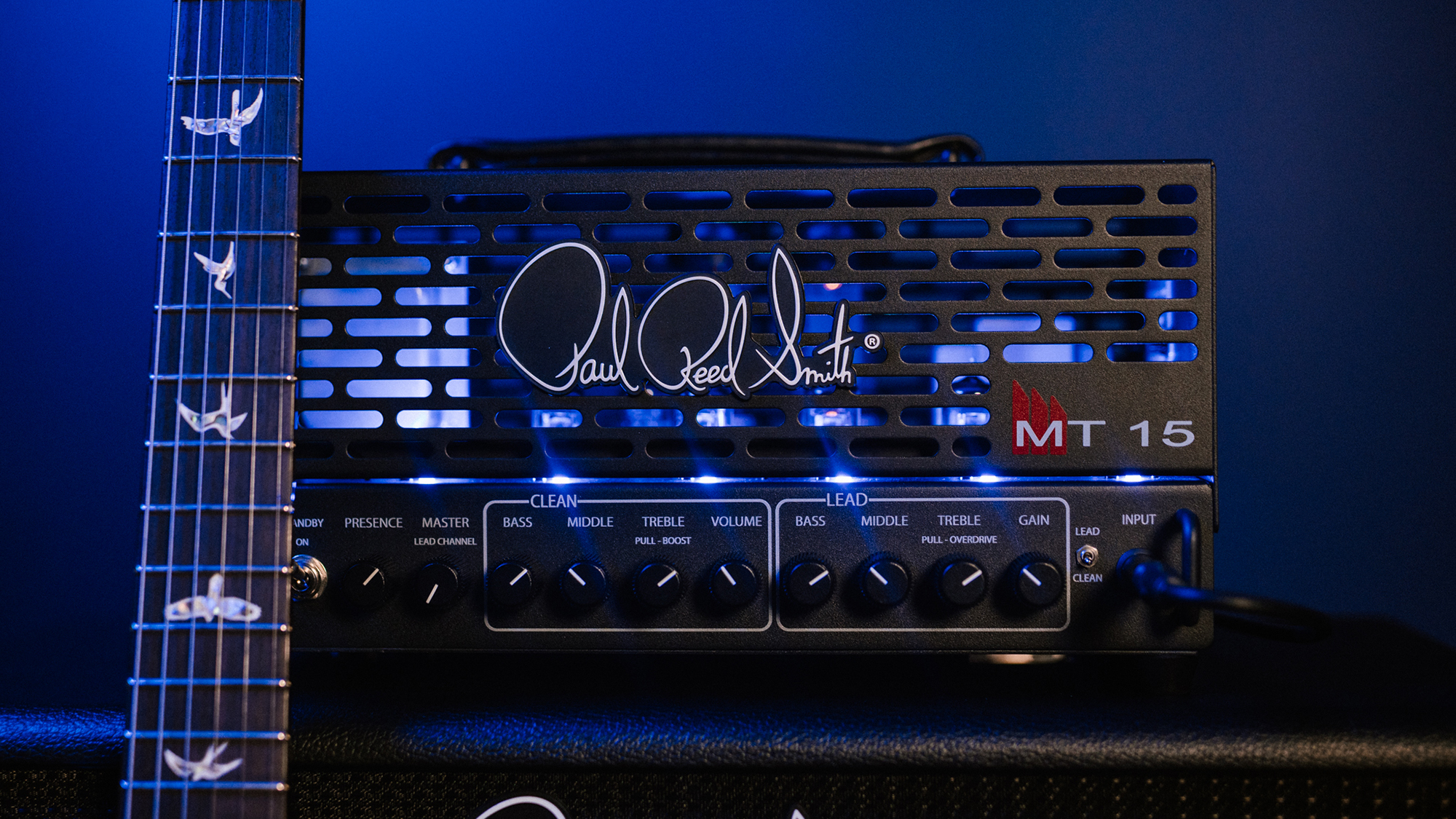How to transform the C major chord into something magical
Few players go weak at the knees at the thought of a C major, but with a couple of different voicings it gives us a world of interesting and versatile sounds to work with

Chordal harmony is the bedrock of songwriting in all but the most ‘niche’ musical situations. But while a good song should work with a simple accompaniment, it’s also nice to expand our horizons beyond the regular open-position chord shapes.
This feature isn’t about stringing together complex chords; it’s about knowing what your options are when a ‘straight’ open-position or barre chord doesn’t satisfy.
A nice example of this, which is actually integral to the song, is Don’t Dream It’s Over by Crowded House. The unaccompanied guitar intro functions like a hook using variations on a sus2 chord (see below).
I’ve taken C major as our baseline here using different voicings, some of which technically don’t require a different name – I’ve just juggled the notes into different positions for an alternative sound.
You’ll notice an add9 and a sus2 creeping in elsewhere. It’s worth pointing out that sus chords are neither major nor minor, so it’s all about the context.
Example 1
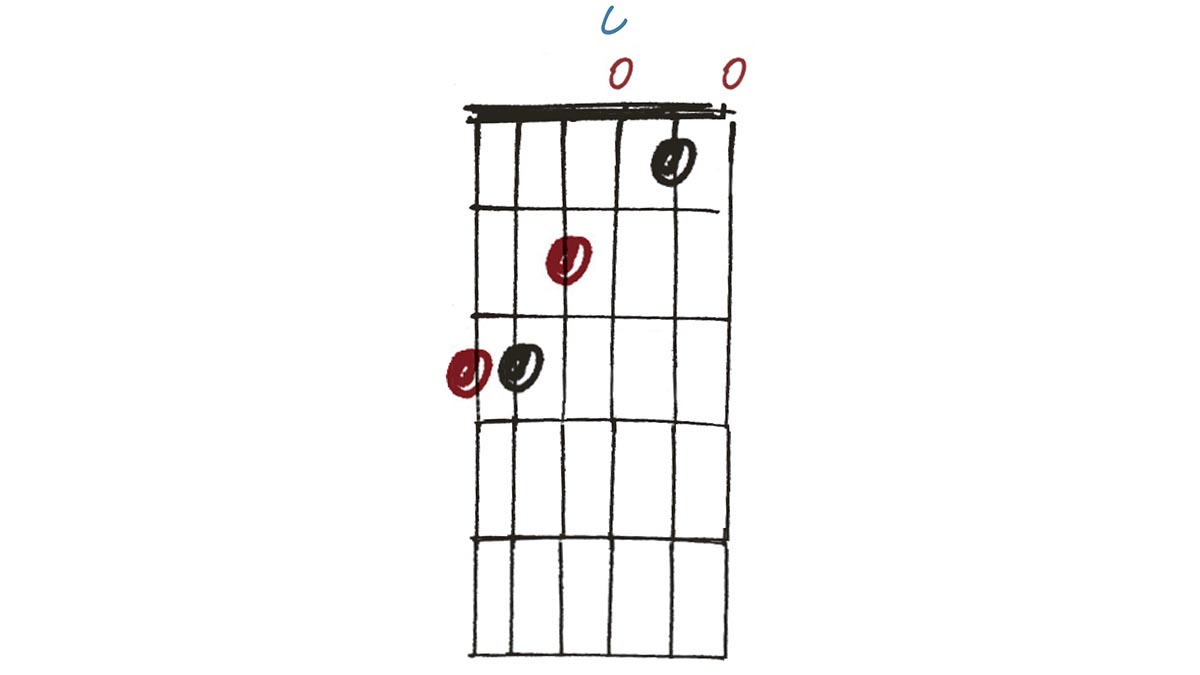
This version of C major is straight out of the chord books, apart from the G on the sixth string, which gives it a bit more depth, especially on acoustic guitar. Alternatively, just mute that low E string, and the root on the fifth string becomes our lowest note.
Example 2
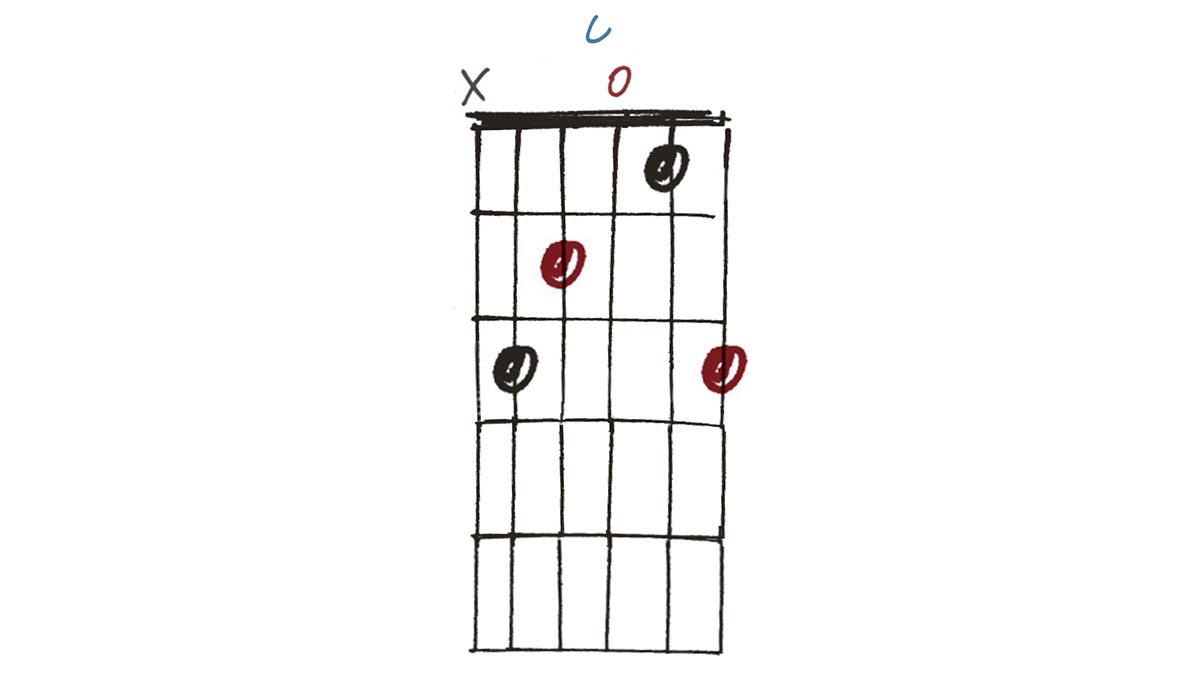
Taking the G from the bottom and putting it at the top doesn’t change the name but gives a more jangly, detailed sound. You’ll hear this kind of voicing in songs by Tom Petty and The Pretenders. Pair this up with G and D chords and you have the basis of a song right there!
Example 3
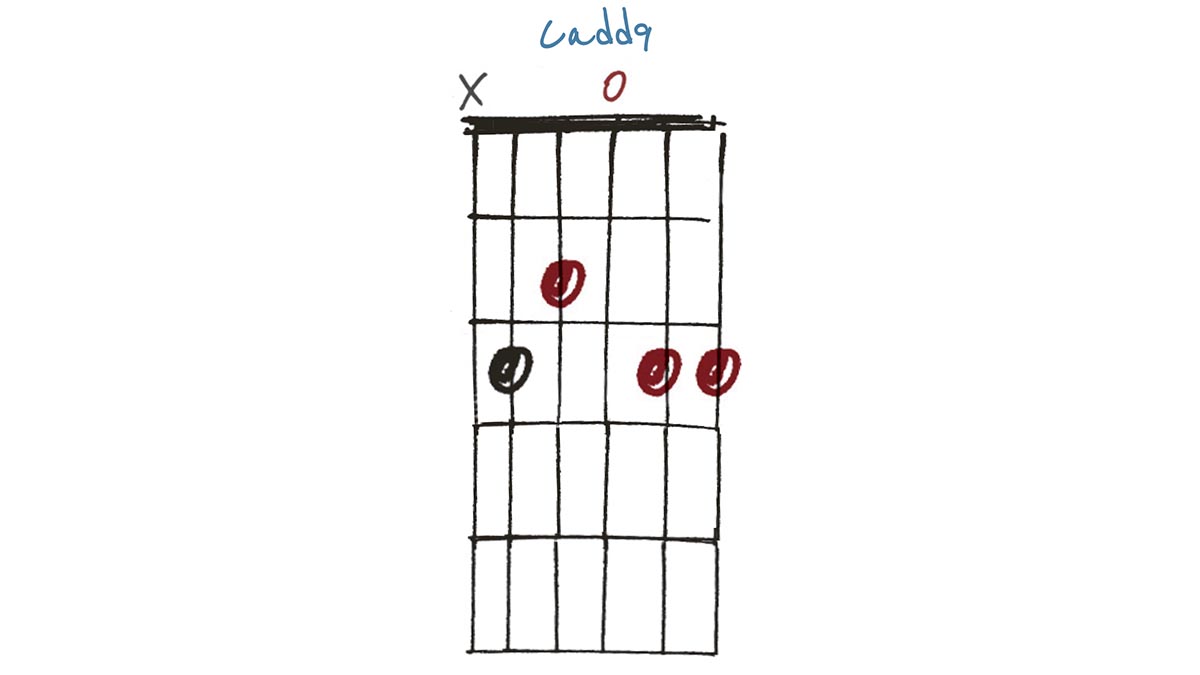
Adding a 9th (D) on the second string gives us… Cadd9! You won’t always want to stray this far from the ‘core’ voicing of C, E and G, but this may add a little interest if you’re looking for a different twist on a C chord without getting too harmonically complex.
Example 4
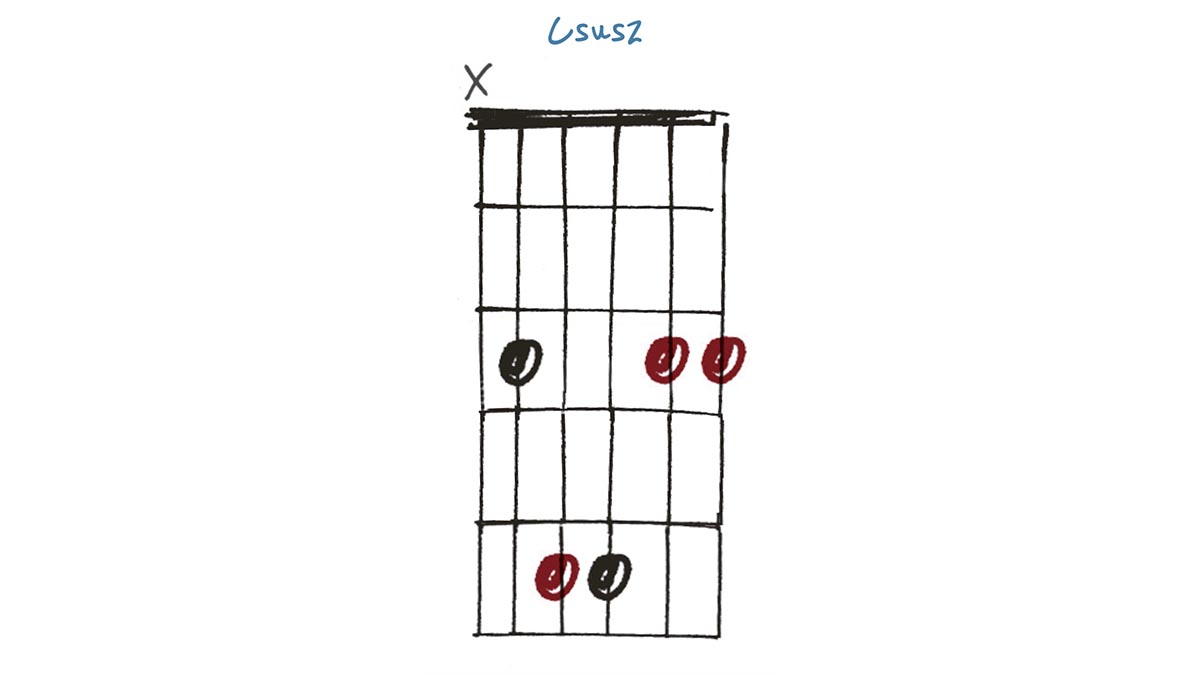
This popular Csus2 is movable: shift it up three frets to Eb and you have the beginnings of Don’t Dream It’s Over by Crowded House. Being neither major nor minor and not harmonically complex-sounding makes this a useful, versatile alternative to a wide variety of chords. It works well with distortion, too.
Example 5
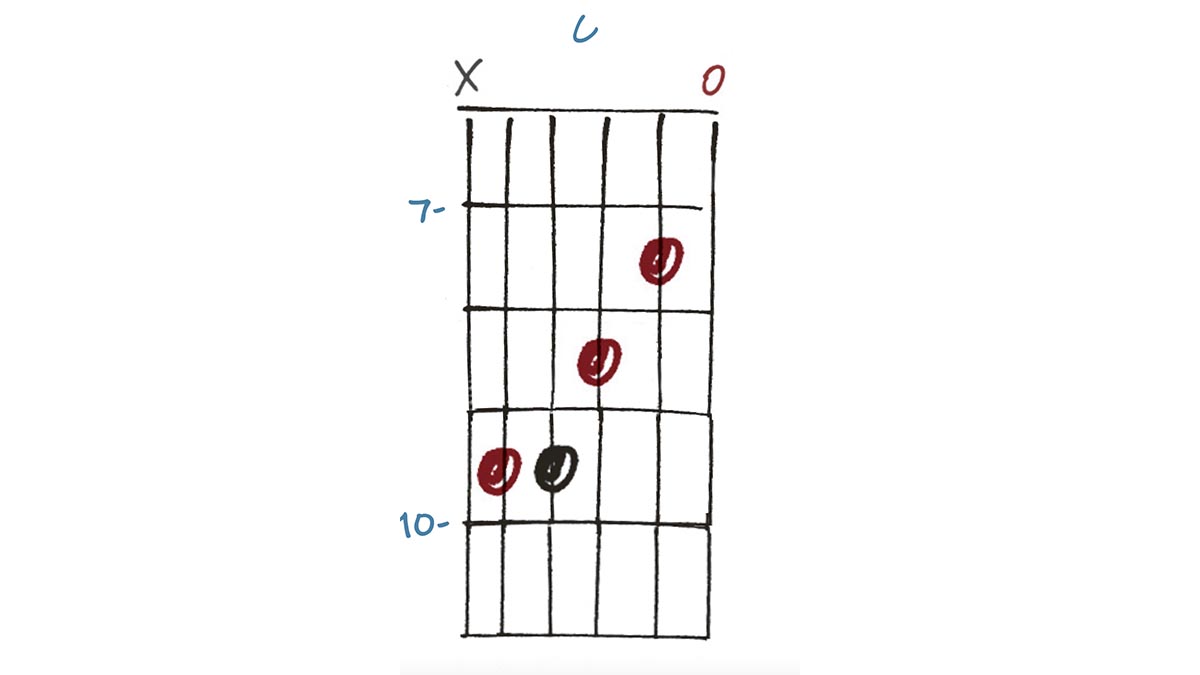
This C major conjures up a Johnny Marr-style texture, with ringing open strings complementing the higher voicing of the chord. This can be a useful alternative when you’re playing with another guitarist or just want to avoid a traditional ‘block chord’ sound. Move this shape around and you’ll discover some nice surprises.
Get The Pick Newsletter
All the latest guitar news, interviews, lessons, reviews, deals and more, direct to your inbox!
As well as a longtime contributor to Guitarist and Guitar Techniques, Richard is Tony Hadley’s longstanding guitarist, and has worked with everyone from Roger Daltrey to Ronan Keating.









![Joe Bonamassa [left] wears a deep blue suit and polka-dotted shirt and plays his green refin Strat; the late Irish blues legend Rory Gallagher [right] screams and inflicts some punishment on his heavily worn number one Stratocaster.](https://cdn.mos.cms.futurecdn.net/cw28h7UBcTVfTLs7p7eiLe.jpg)

